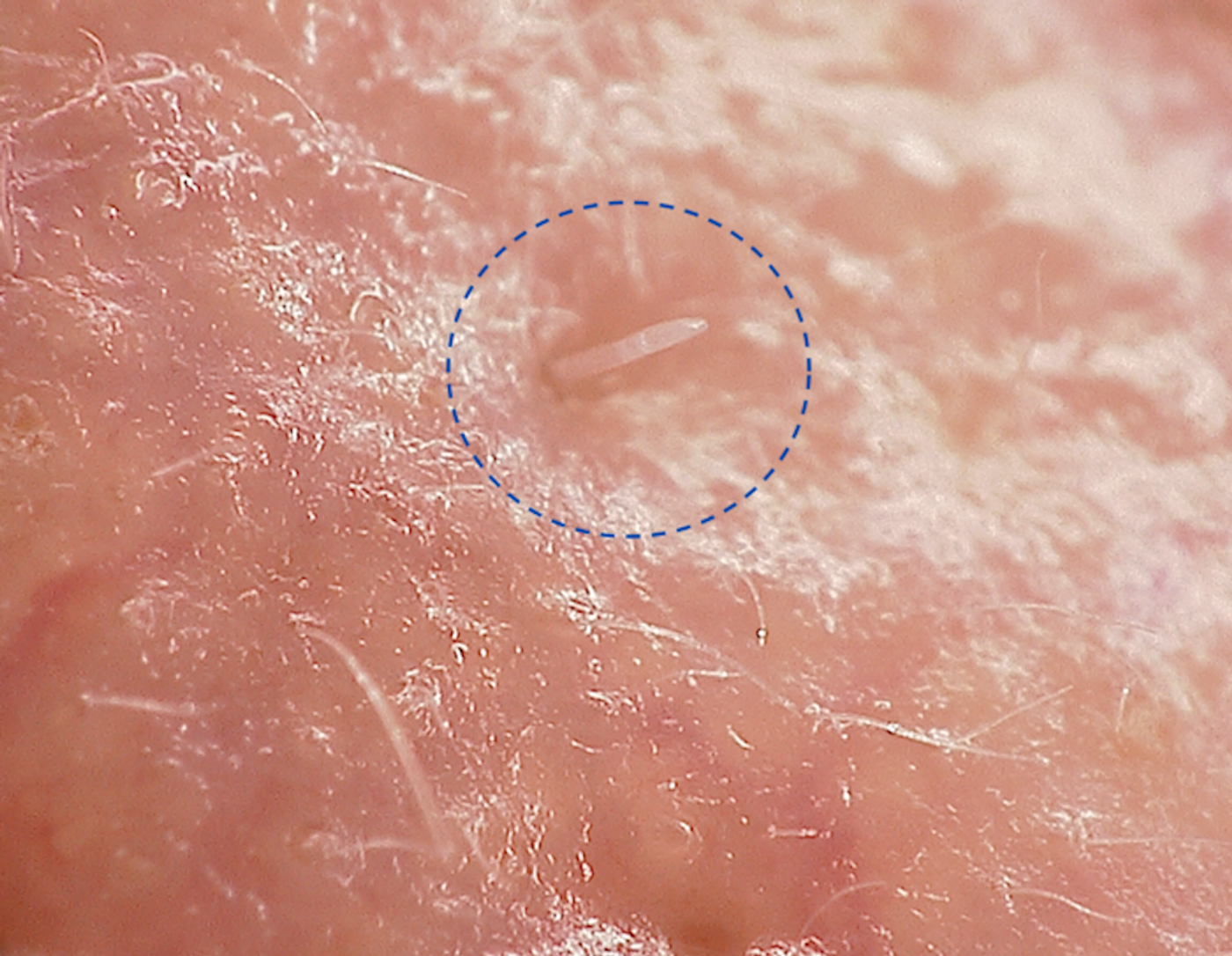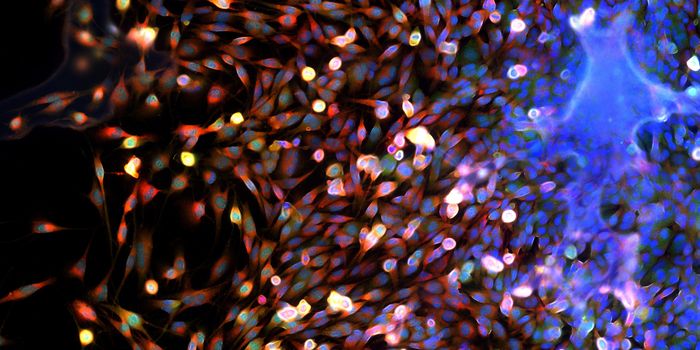How Mites That Live on Our Faces are Evolving to Become Symbionts
Our bodies contain huge numbers of microbes - inside and out. We even have face mites. New research has shown that the microscopic mites, which reside in hair follicles in our faces and nipples, are evolving to a form that is so simple, they may one day just be another part of our bodies. Nearly every individual carries these mites, which are passed onto us at birth. They're about one-third of a millimeter long, and consume sebum that is naturally released by pore cells. At night, they become more active, and can seek a mate in a different follicle.
Researchers have now sequenced the genome of these mites, Demodex folliculorum. This research, reported in Molecular Biology and Evolution, has shown that these organisms are highly inbred. This is unsurprising because they live in isolated communities, where there is no competition with the host or other organisms, and no contact with other types of mites that carry different genes.
This lifestyle has led to the loss of genes and cell types that aren't necessary, and a transition into creatures with legs so tiny, they are powered by only three muscle cells. They carry the fewest number of proteins of related species. The researchers suggested that D. folliculorum are changing from organisms that live as external parasites, to those that are internal symbionts.
“We found these mites have a different arrangement of body part genes to other similar species due to them adapting to a sheltered life inside pores," said study co-leader Dr. Alejandra Perotti, an Associate Professor in Invertebrate Biology at the University of Reading. "These changes to their DNA have resulted in some unusual body features and behaviors.”
The study showed that the mites have lost UV protection. They lost the gene that produces melatonin, which can reduce activity in small vertebrates at night. They also shed a gene that triggers them to awaken at daylight, so they are nocturnal.
Another D. folliculorum gene was inverted, changing the arrangement of appendages on their mouths, allowing them to collect more food.
Young D. folliculorum mites were found to have many more cells than adults, which is contrary to an assumption that parasites lower cell levels early on in development. The study authors suggested that this step is the first on the road to becoming symbionts.
While face mites may seem weird, they could be beneficial, suggested co-lead study author Dr. Henk Braig of Bangor University and the National University of San Juan. Though "mites have been blamed for a lot of things.." they might be helping us by ".. keeping the pores in our face unplugged."
Sources: University of Reading, Molecular Biology and Evolution









